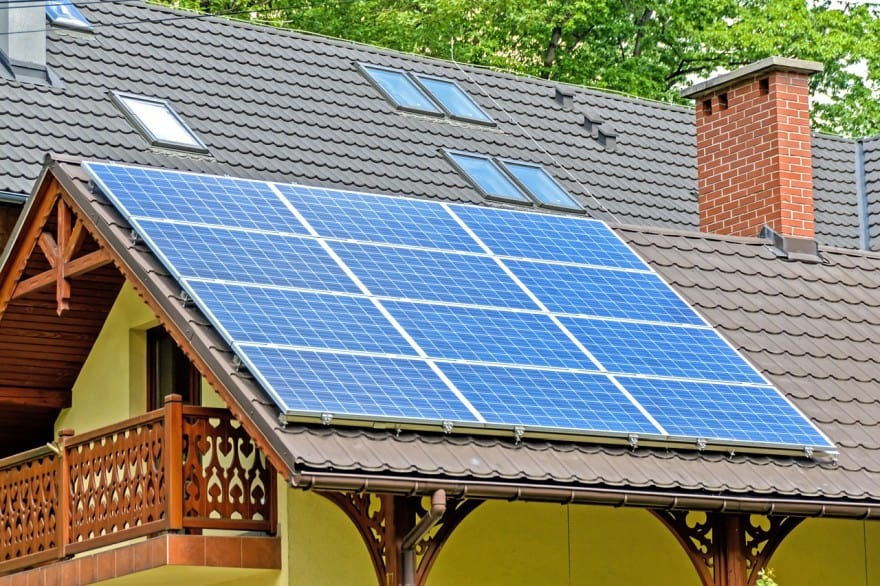Solar energy is undoubtedly a hot topic today. Environmentalists and eco-friendly folks know that this renewable energy source is part of numerous solutions to the global problem of climate change.

Aside from the fact that it’s eco-friendly, solar energy can also help you save money on your electricity expenses.
Due to the advantages that you’ll get from using solar energy, it’s no wonder that a lot of people are now looking for solar panels to install on their homes. How do solar panels work to power your home? Here’s a basic look on how solar panels are beneficial for everyone.
The Materials in a Solar Panel
Those solar panels that crown a home’s rooftop are made of multiple photovoltaic cells. Each photovoltaic cell contains semi-conducting material made of silicon. It’s the similar material used in microelectronics such as batteries.

In turn, the silicon in solar panels work together with other materials to create an electric field that have positive and negative electrical charges. Those are the basic materials found in solar panels.
How Do Photovoltaic Solar Panels Function?
Each time a photon touches a solar panel, it causes the electrons to be separated from their atoms. These electrons will move through a circuit made of electrical conductors attached to the photovoltaic cell with positive and negative charges. Then, electricity is generated through this process.
Photovoltaic solar panels generate direct current electricity. With the help of this type of electricity, the electrons in each cell will flow in a single path around an electrical circuit. Like I said previously, it’s almost the same as how a battery works.
From the negative layer of the photovoltaic cell, through the circuit, and then into the positive layer. It’s how electrons travel through the solar panel.
On the other hand, there’s the alternating current (AC) electricity, which pushes and pulls the electrons, creating a cyclical change for them. Electric grids in the US use alternating current electricity because it’s inexpensive to utilize when transmitting power over long distances.
When you use an inverter, the direct current electricity that solar panels produce can change course into the alternating current grid. If you want to know how an inverter works, you can keep on reading.
How Does a Solar Inverter Works?
The primary function of a solar inverter is that it separates the direct current electricity flowing in a particular direction from a solar panel to generate alternating current electricity.
Not only do solar inverters change direct current electricity into alternating current power, but they also provide efficiency and protection in case of system malfunctions such as a ground faults. Inverters also track the amount of solar energy production and the point of maximum power.
Today, many solar panel manufacturers now incorporate central inverters in their products. There are also micro-inverters that do the job of optimizing the full potential of every single panel to create efficient energy to power your home.
Micro-inverters are different from central inverters as they don’t cause a system shutdown if there’s an issue with one solar panel. That’s why microinverters is one of the proofs that solar technology keeps on improving. You can browse sites like powertecsolar.ca if you want to install solar panels in your home.
Takeaway
Switching to using solar energy is indeed an excellent thing to do amidst the effects of climate change that we’re experiencing today. Not only that it reduces our electricity expenses, but using solar energy also helps in the protection of the environment as it emits zero greenhouse gases into the atmosphere.
Related Posts
- 8 Best Practices to Help Make Your Home More Sustainable
- 6 Ways You Can Cut Down Your Home’s Energy Consumption
- What are the Pros and Cons of Solar Tube Lighting in Homes
- All About Solar Panel Tiles and Shingles – Cost – Pros – Cons
- Save Your Solar Power: Maximize the Energy with These Simple Tips
- 7 Tips to Create a More Eco-Friendly Home or Apartment
Leave a Reply